TOKYO NOW | Email Newsletter from Tokyo to you
[ad_1]
Read on to find out more about artisans in the area, and products made with exceptional skills passed down for generations. Workshops under the direct guidance of master artisans also provide firsthand experiences of this one-of-a-kind culture in Tokyo. Try this kind of eye-opening, artistic and cultural experiences between seeing the sights of the city.
Edo Kiriko
Edo Kiriko refers to a category of glasswork from Tokyo since the Edo period, made by carving delicate patterns into glass, a process known as Kiriko manufacturing. Since the late Edo period this local industry has developed in the city’s older areas and is now designated “Traditional Crafts of Tokyo,” as well as one of the “Traditional Crafts of Japan” designated by the Ministry of Economy, Trade and Industry.The traditional good luck motifs and patterns created by each workshop, carved into colored glass thinner than 1 mm, create a strikingly beautiful play of light and reflection. They are the quintessential souvenir of Tokyo. Be sure to check out one of the workshops, as some of them offer English guidance for carving these patterns. The Edo Kiriko Cooperative Association showroom exhibits and sells a variety of Edo Kiriko glass products.
Edo Kiriko Cooperative Association Official Site (Japanese site only)
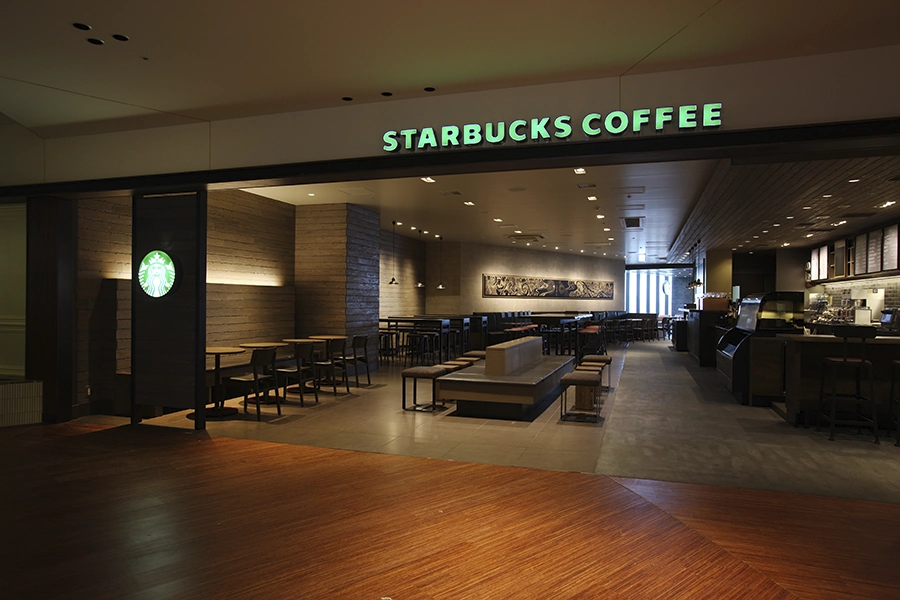
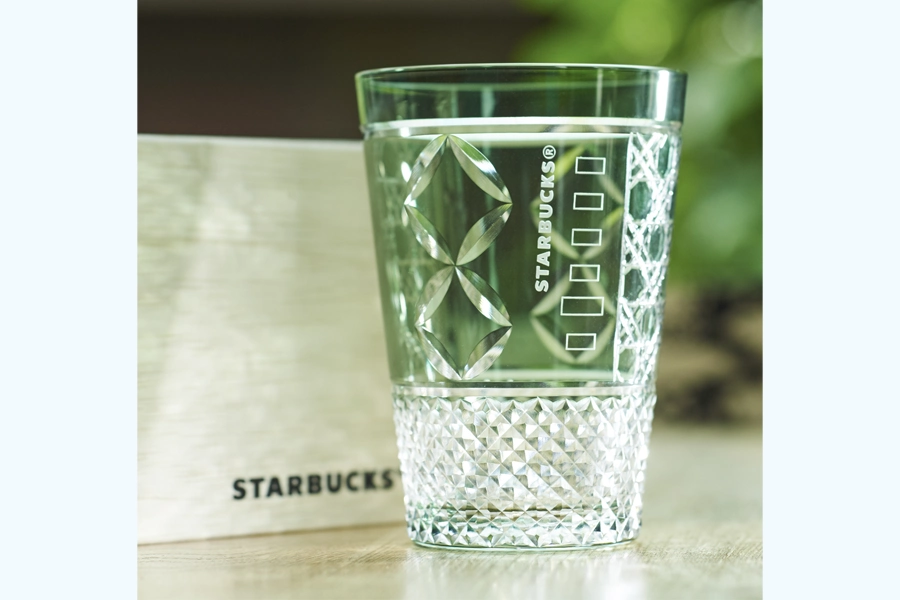
Six Starbucks shops in Sumida City also sell limited edition Edo Kiriko glasses made by craftspeople in the district. The blend of cutting-edge style and age-old tradition in the iced coffee glass is the perfect way to make this art part of your daily life.
Starbucks (Japanese site only)
Folding Screens
As shelter from the wind, and partitions of space, folding screens have been an essential of people’s lives since olden times. Since being introduced from China over 1,300 years ago, their evolution in Japan has been unique, becoming decorative furnishings considered as fine art.
Kataoka Byoubu near the base of the TOKYO SKYTREE in Sumida City’s Mukojima area is the only store in Tokyo specializing in folding screens. To incorporate this traditional art into modern living, the store is making and selling original products. Also, it is enthusiastically working on made-to-order screens, as well as collaborations with manga. The store offers folding screens of various sizes and patterns, including ones featuring art by Katsushika Hokusai, the famous “ukiyo-e” artist from Sumida City.
To preserve and promote the culture of folding screens, the store has a Byoubu Museum, which features tools used in the creation process, panel displays, and provides opportunities to learn about folding screens.
Kataoka Byoubu (Japanese site only)
Kintsugi
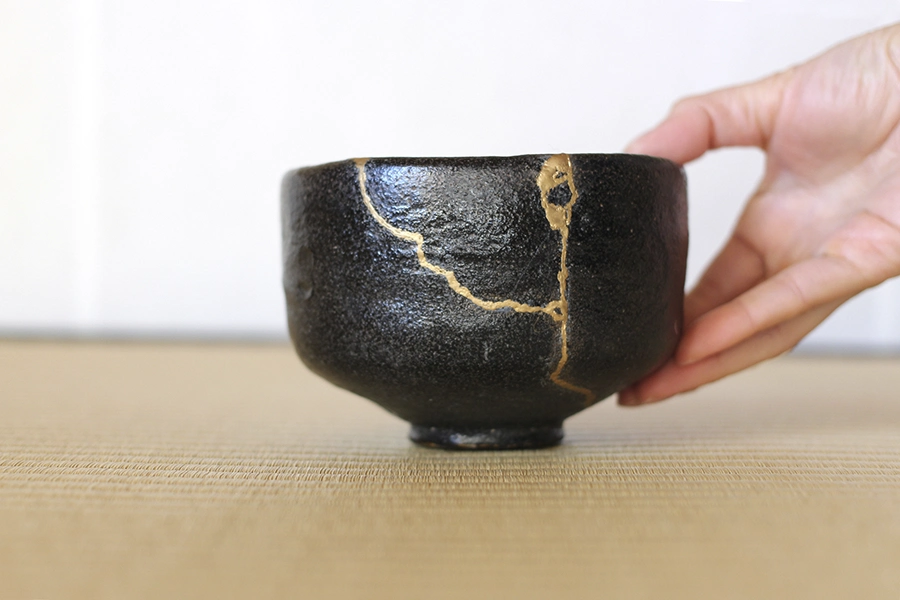
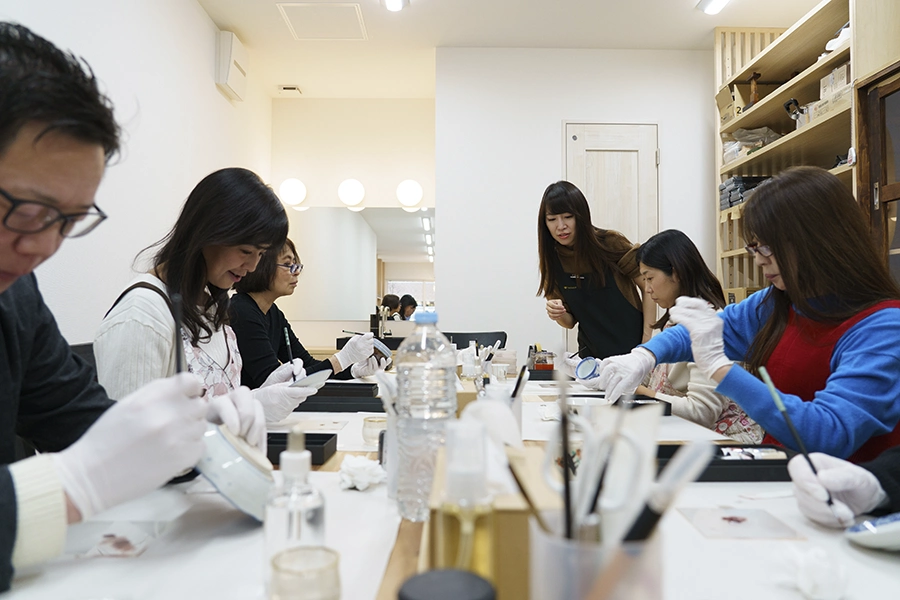
Kintsugi is a unique Japanese technique to repair cracked or chipped pottery by gluing pieces together with lacquer and decorating the seams with gold. By intentionally highlighting the mended cracks in gold, the pottery takes on a different look from the original design, creating a new fascination with more artistic and valuable charm. This way of restoring damaged ceramic vessels and tableware is itself getting a new lease on life in light of SDGs as part of building a sustainable society that takes good care of things. Currently, there are Kintsugi classes in Tokyo that accept foreign tourists, such as “Tsugu Tsugu Inc.” (Ebisu, Asakusa) and “TNCA☆: Taku Nakano CeramicArts☆” (Aoyama).
“Tsugu Tsugu Inc.” in Asakusa offers a casual way to enjoy Kintsugi in a roughly one-hour workshop. Classes on repairing tableware, and others on making accessories and chopstick rests with Kintsugi techniques, are available in English.
Tokyo Kintsugi Workshop TSUGU TSUGU
Tokyo Silverware
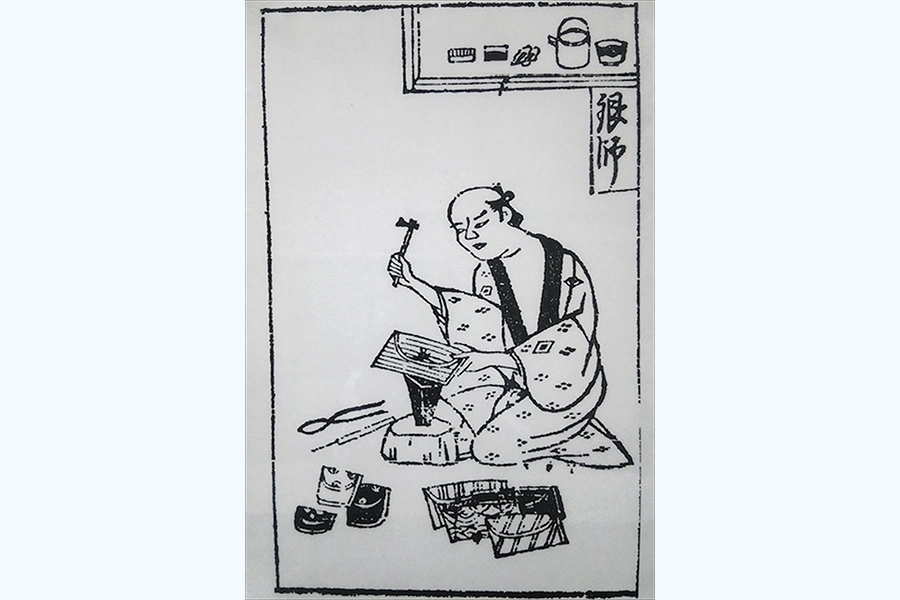
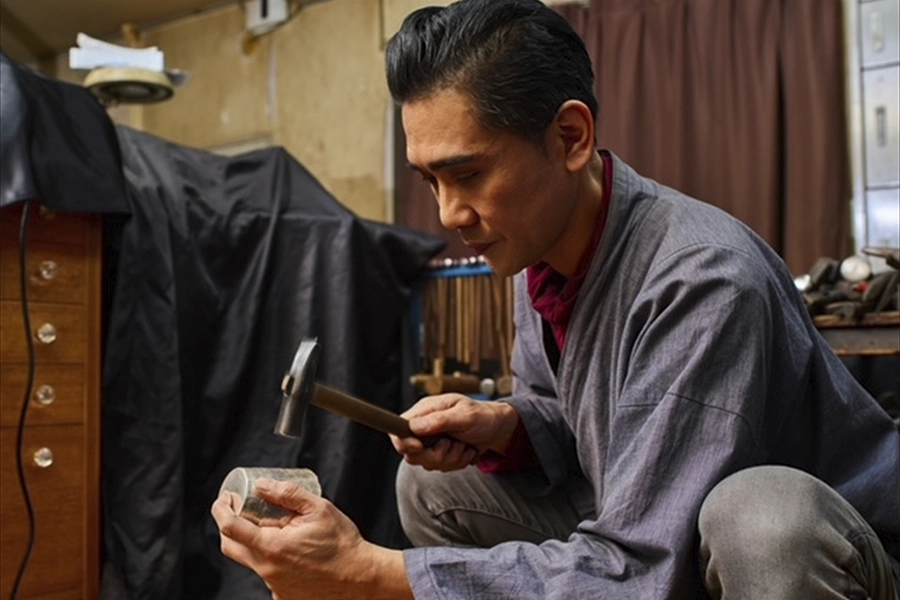
Japan has been one of the world’s leading producers of silver since the Middle Ages. In the 17th century, one-third of silver in circulation worldwide is said to have been produced in Japan. Even in those days, silver tableware and decorative items were widely enjoyed among common people. As silver became more widespread, processing techniques also advanced, with unique production methods developed, such as the repeated striking of silver plates to create curves and using special hammers to carve patterns. This unique texture only possible from hand-made products is cherished around the world. It is now designated as both a Traditional Craft of Tokyo and one of “Traditional Crafts of Japan.”
Nisshinkikinzoku Co., Ltd. is one of the Tokyo Silverware workshops where you can take tours and participate in crafting experiences (English support may be available. Please inquire in advance). In the workshop, participants make ice cream spoons.
[ad_2]
Read More:TOKYO NOW | Email Newsletter from Tokyo to you

Comments are closed.